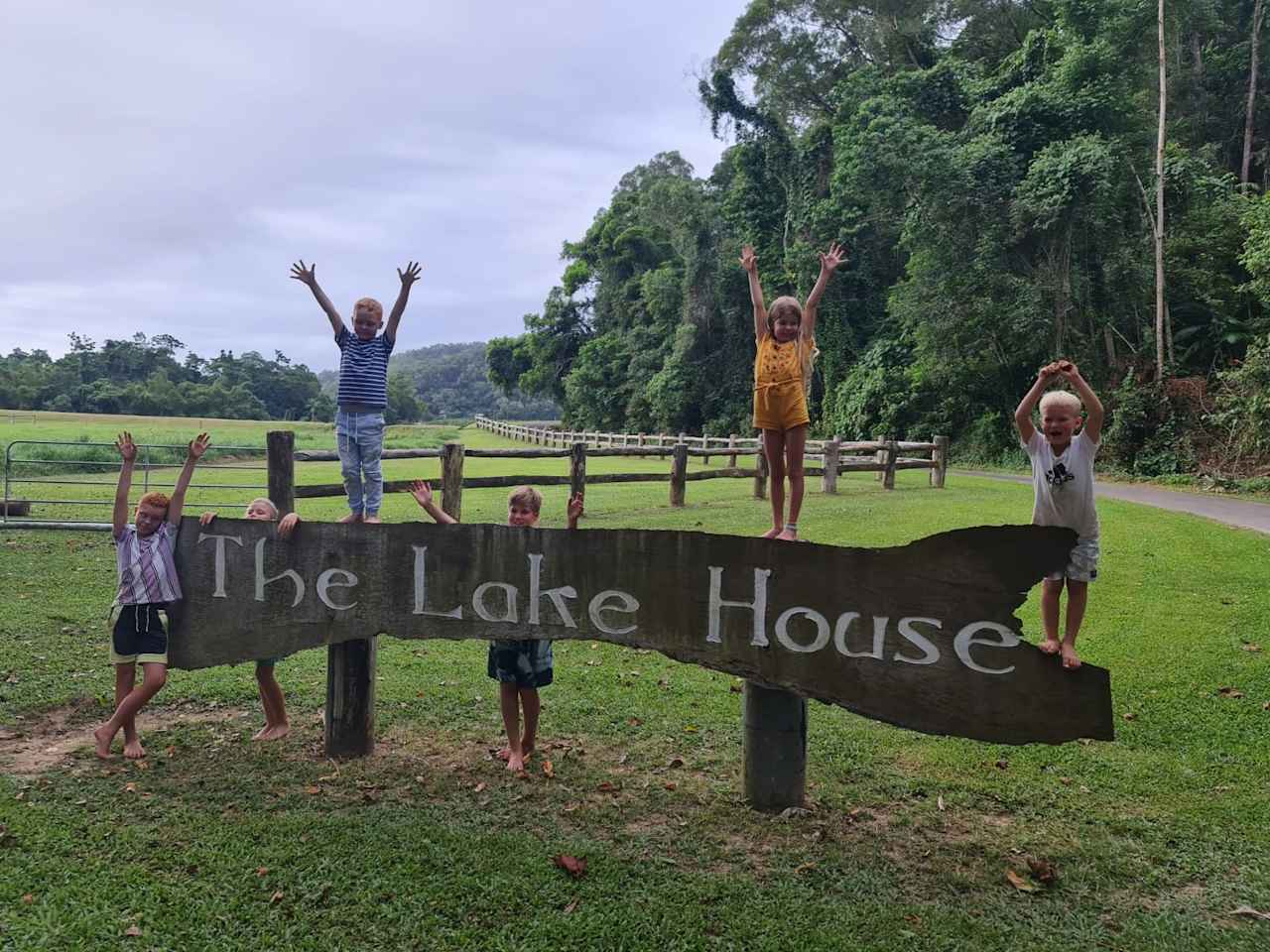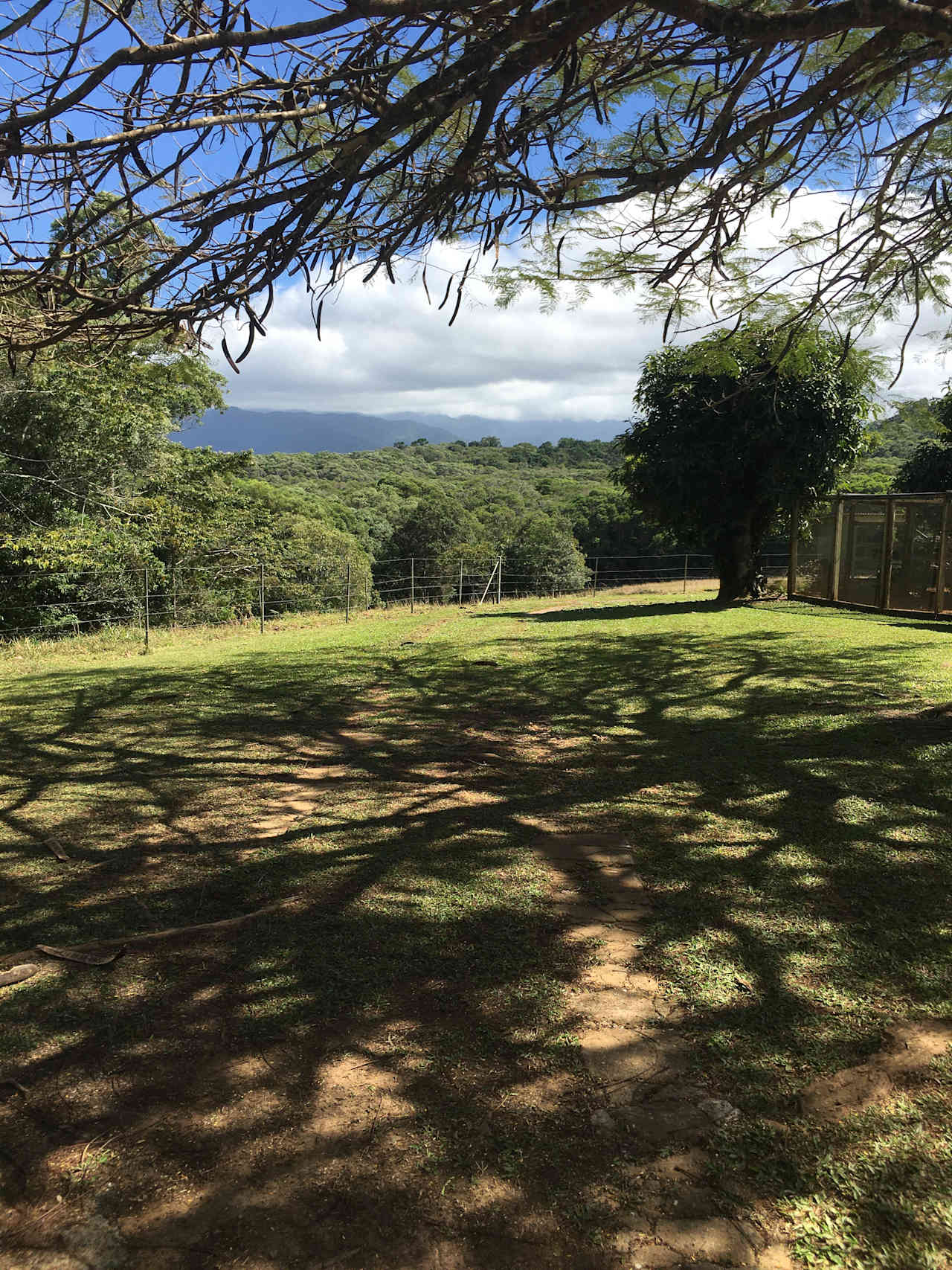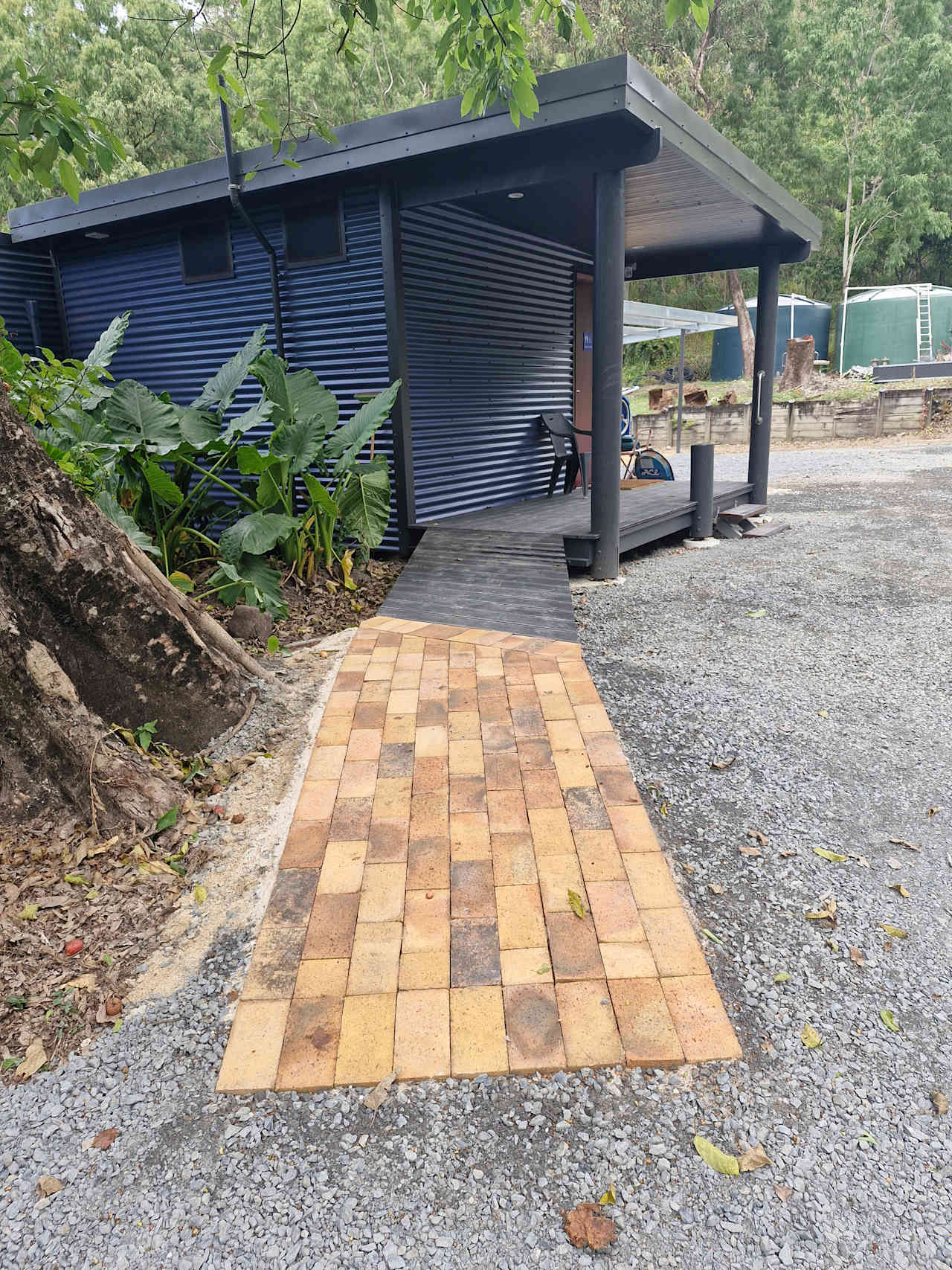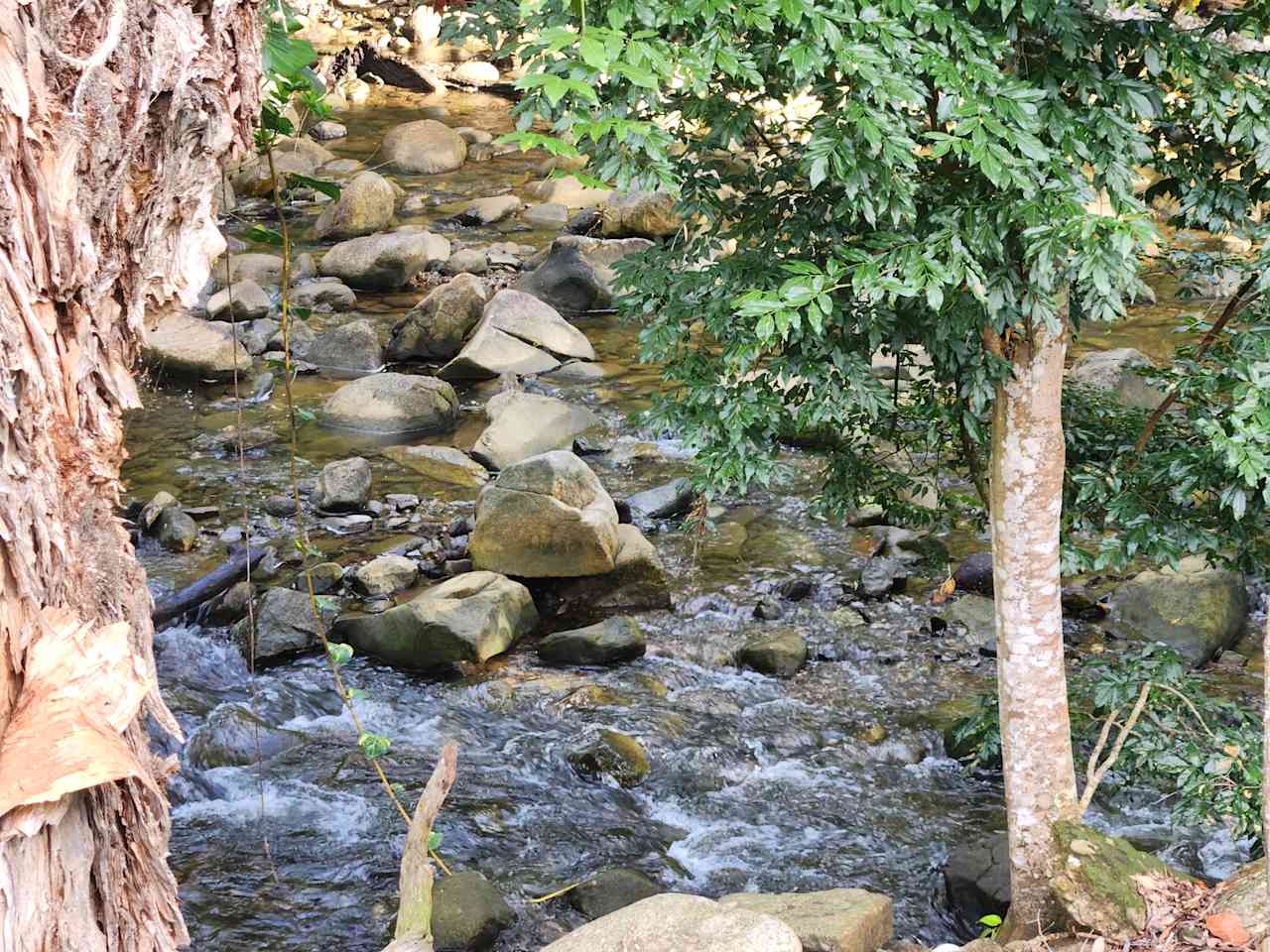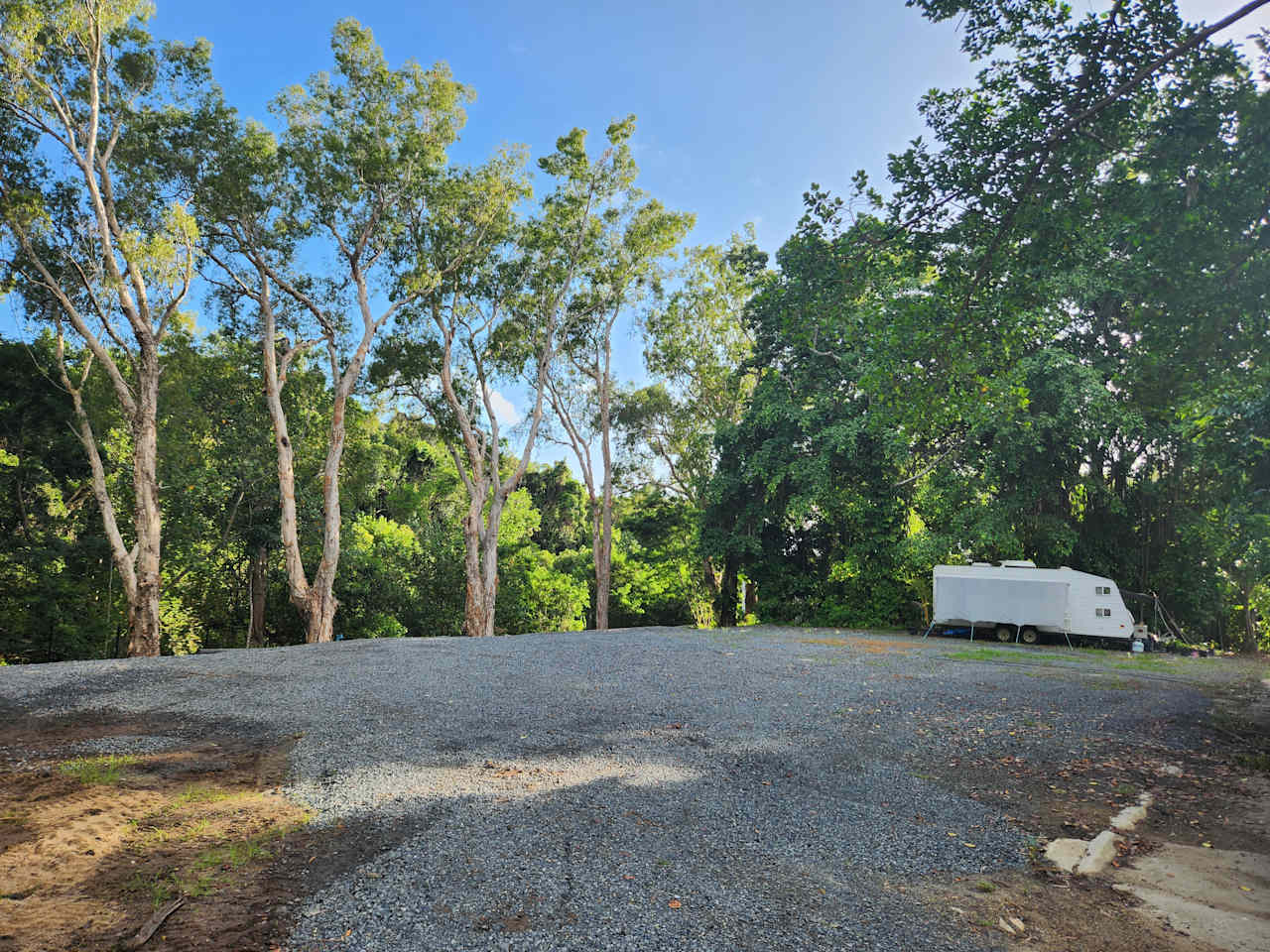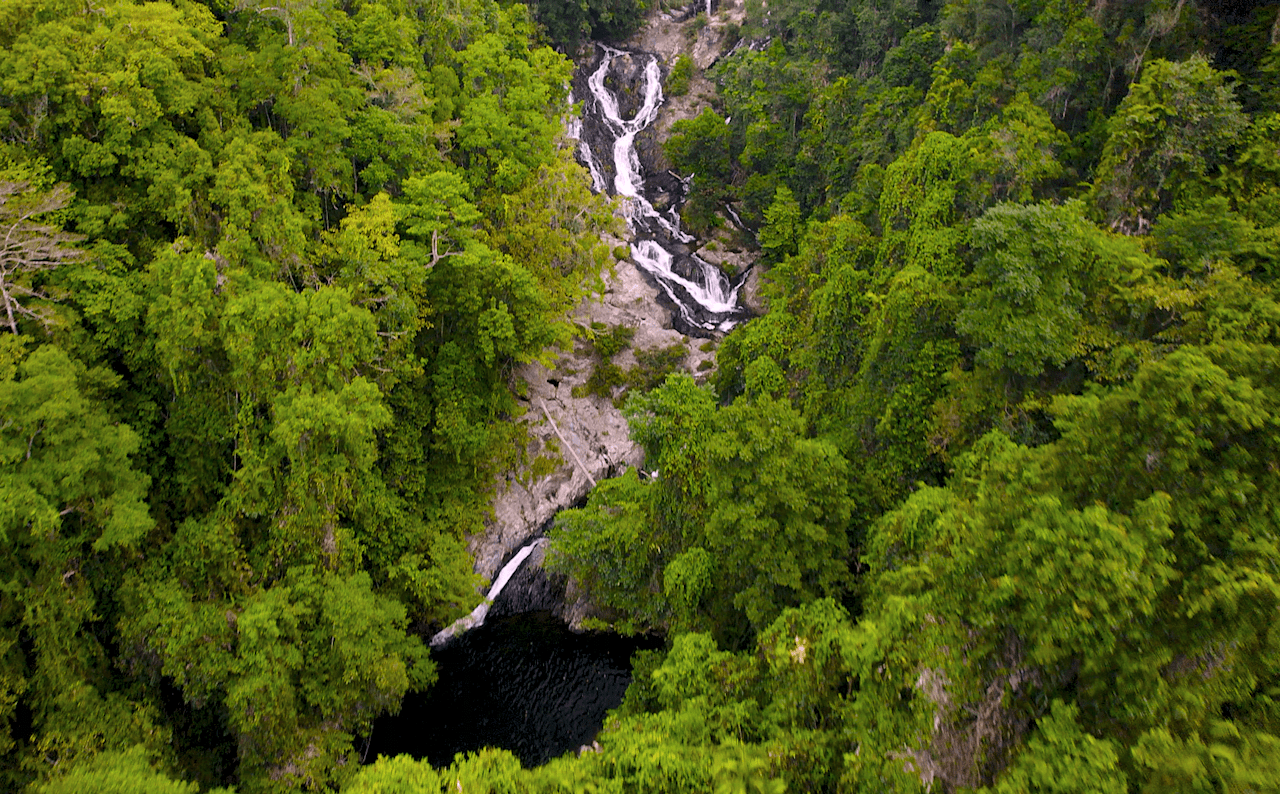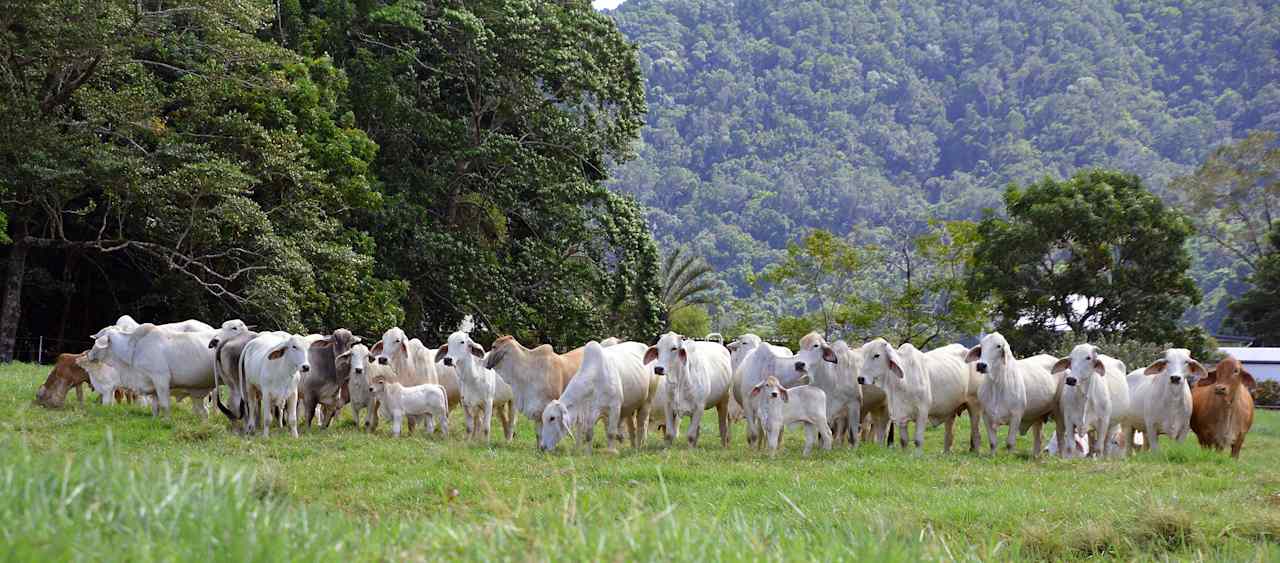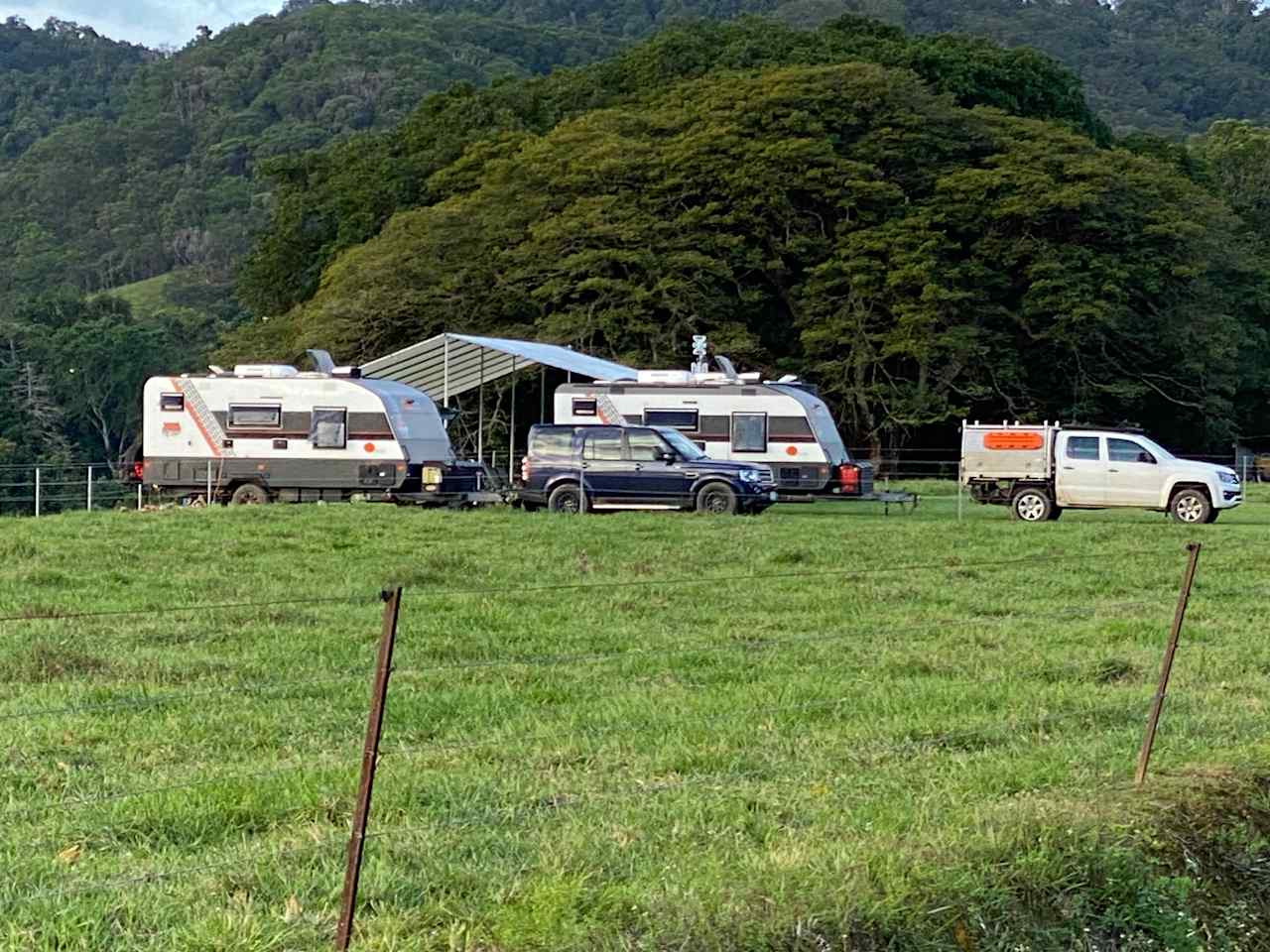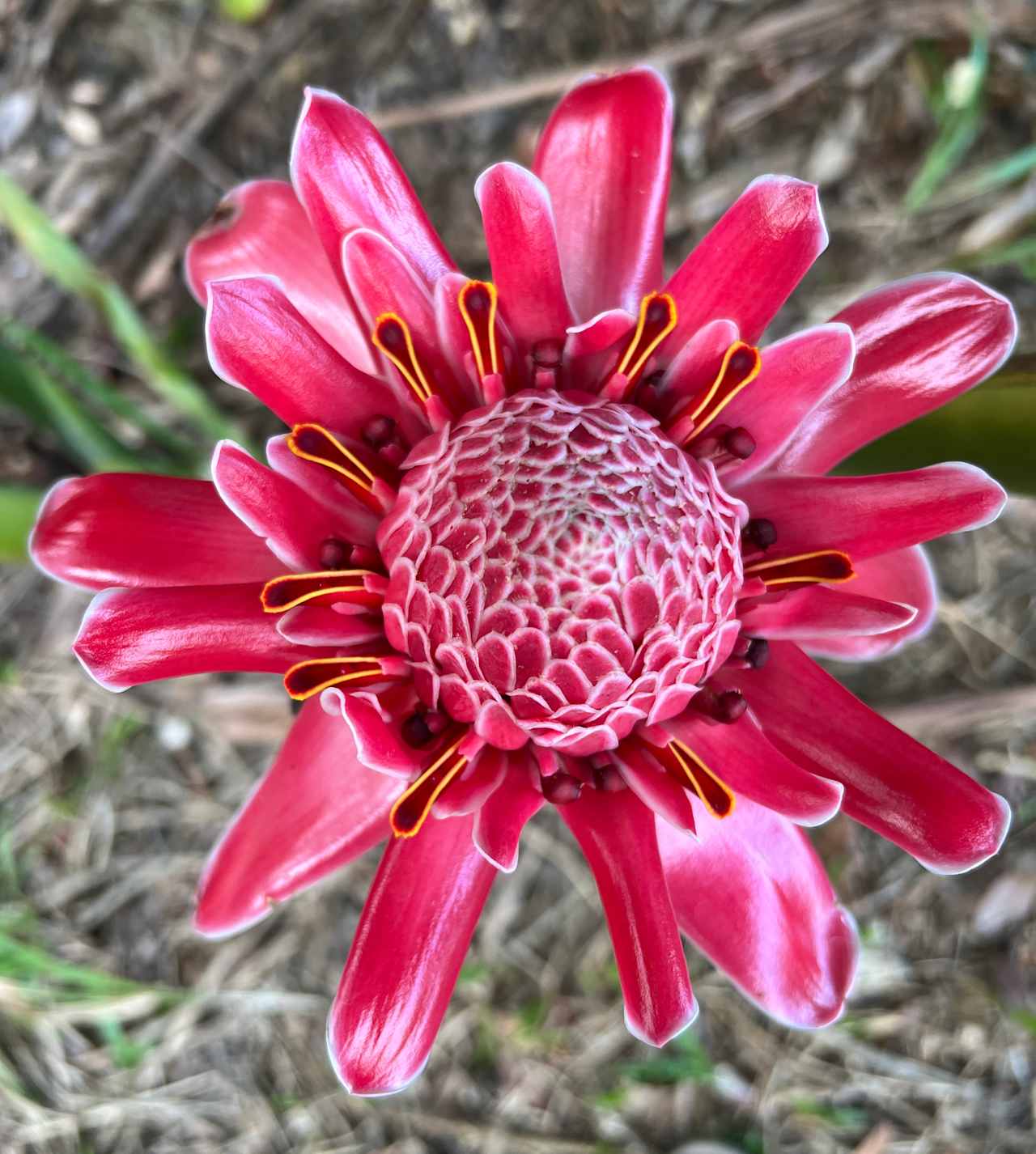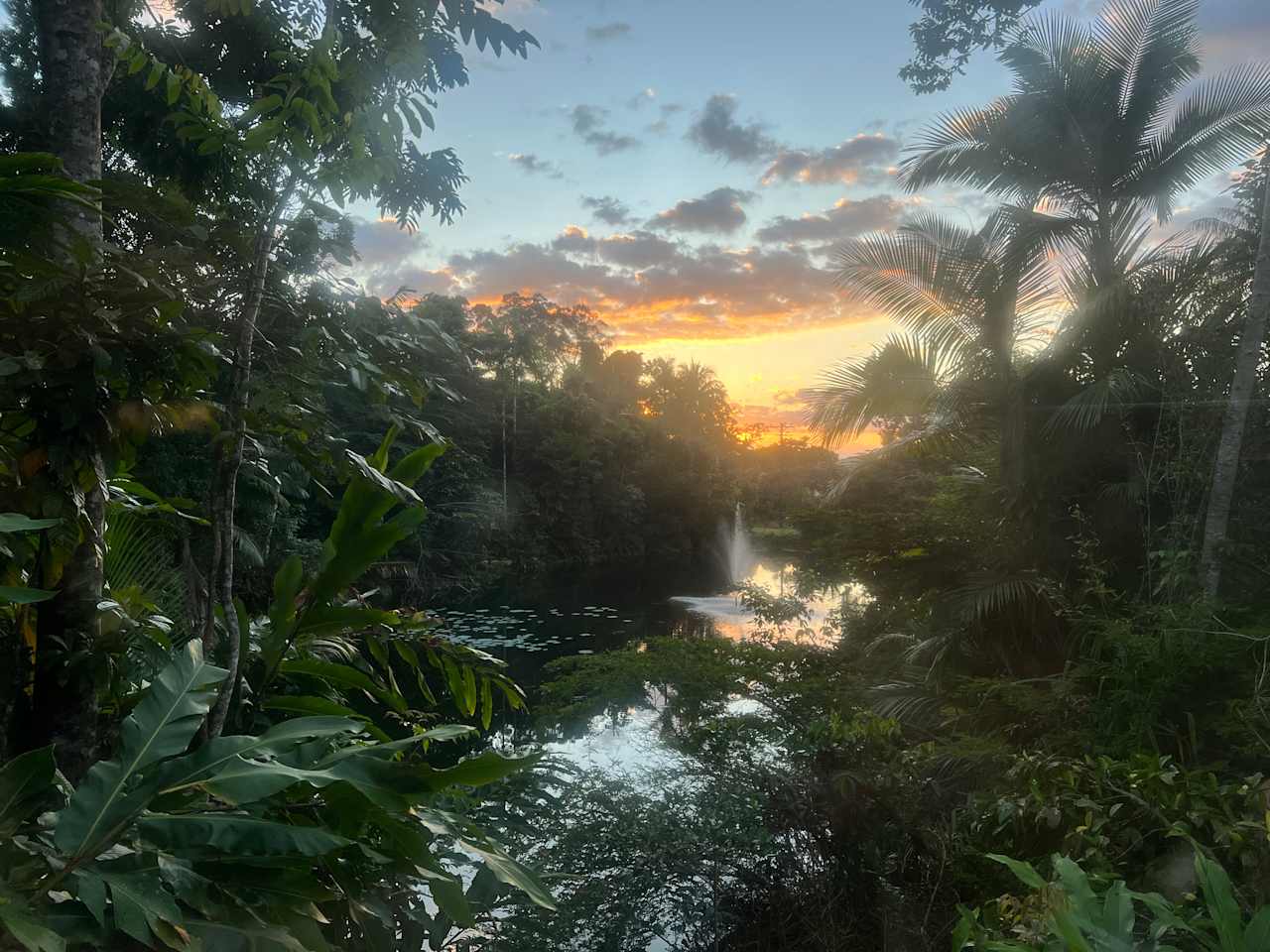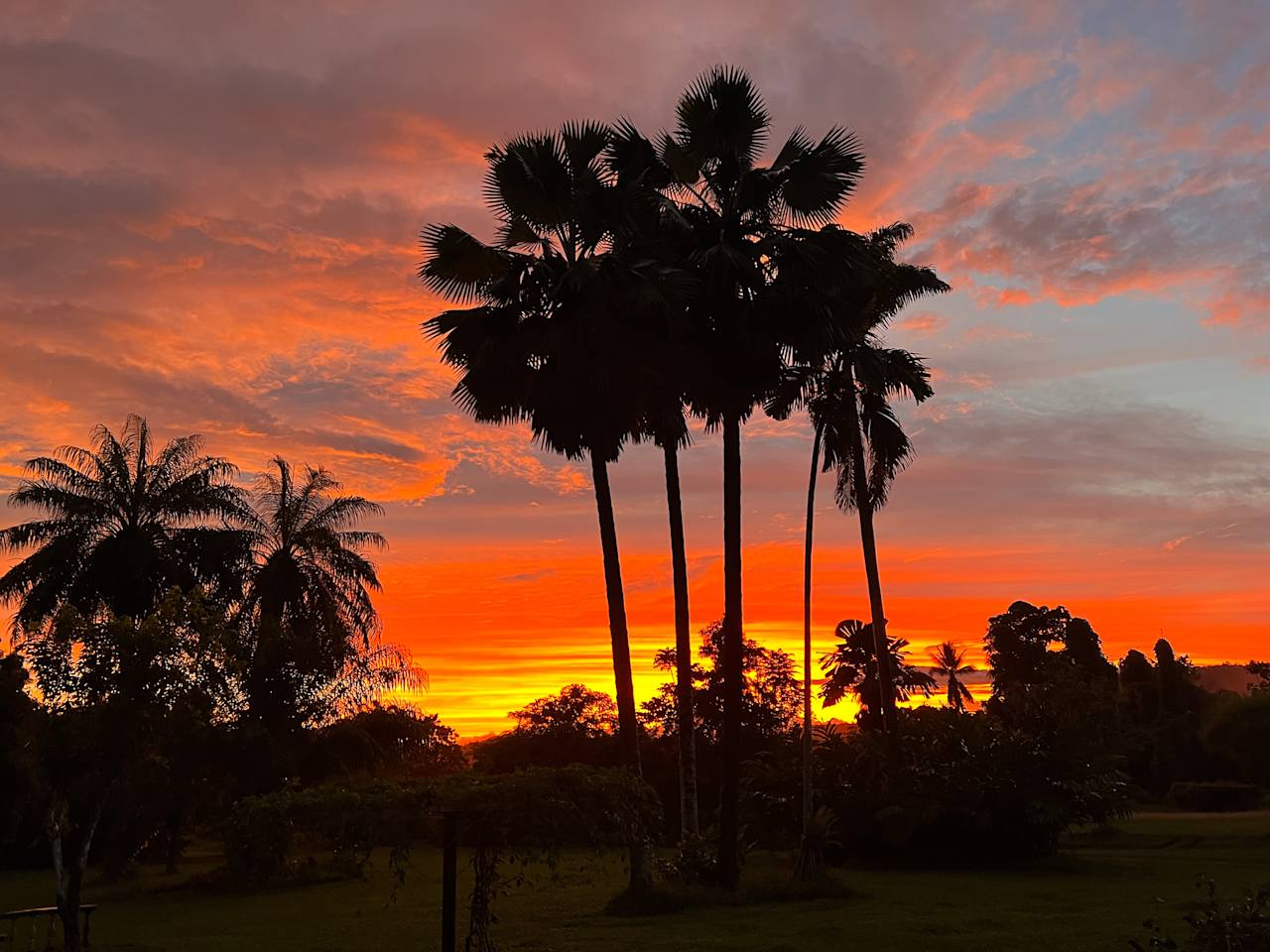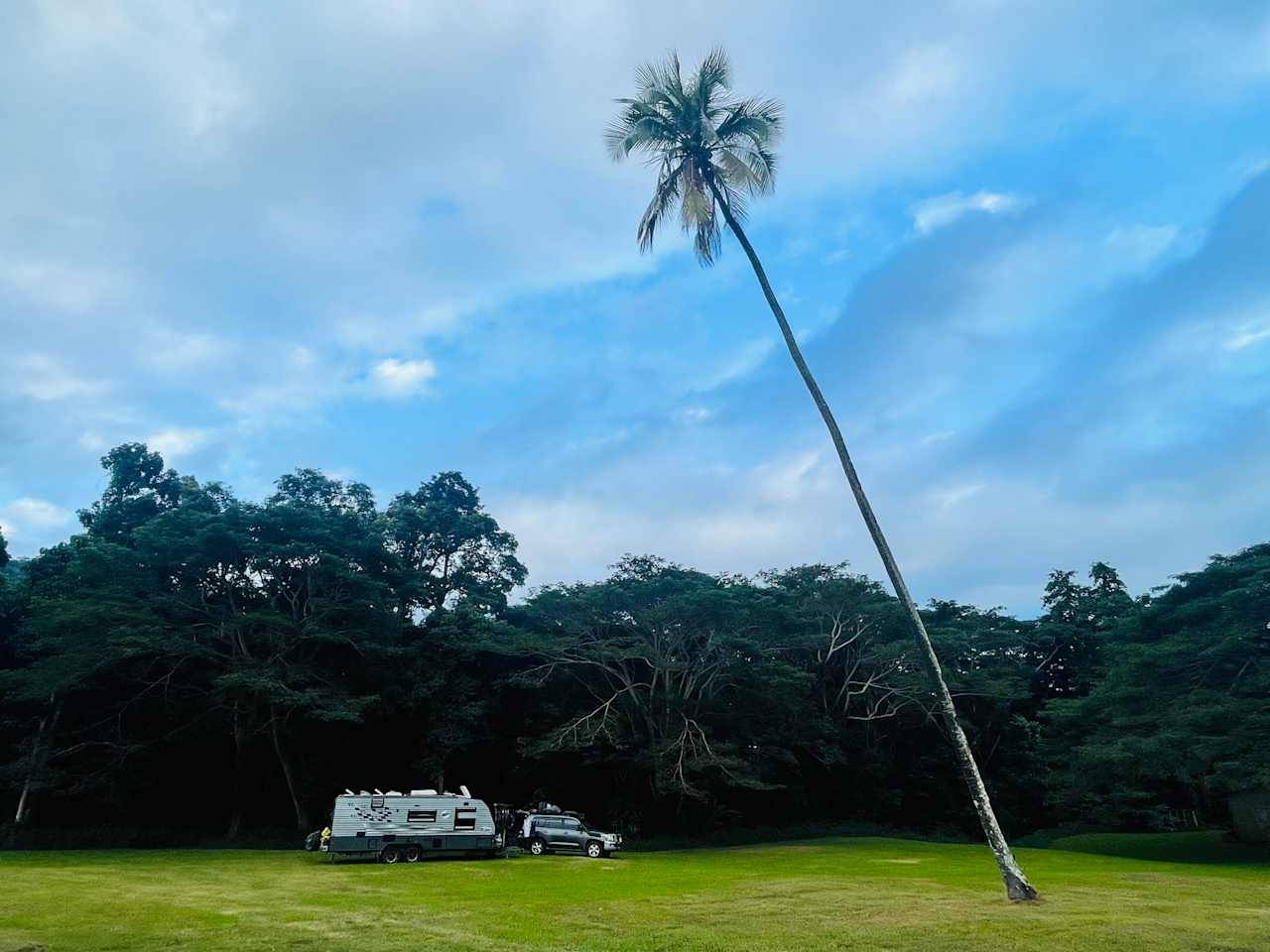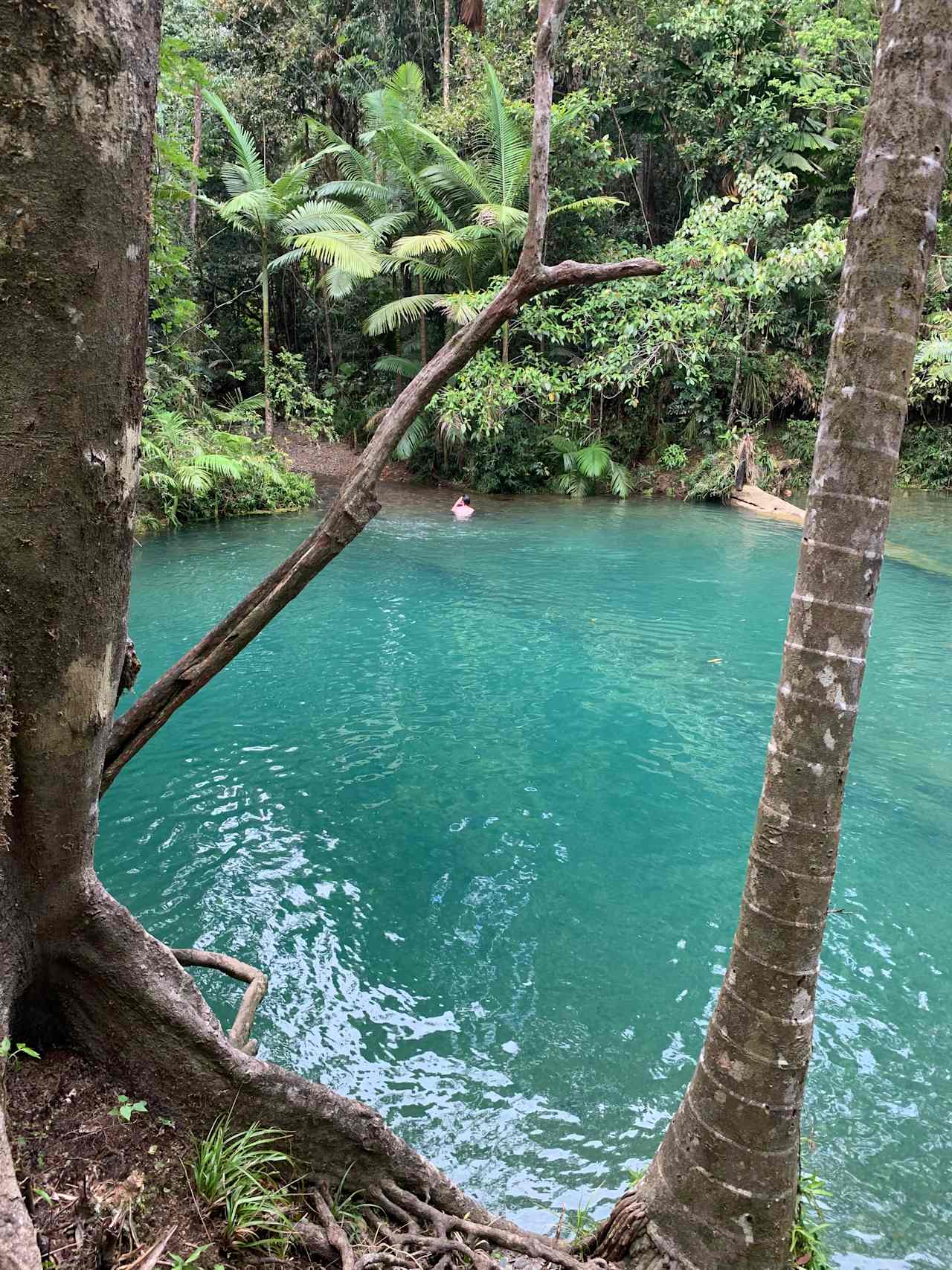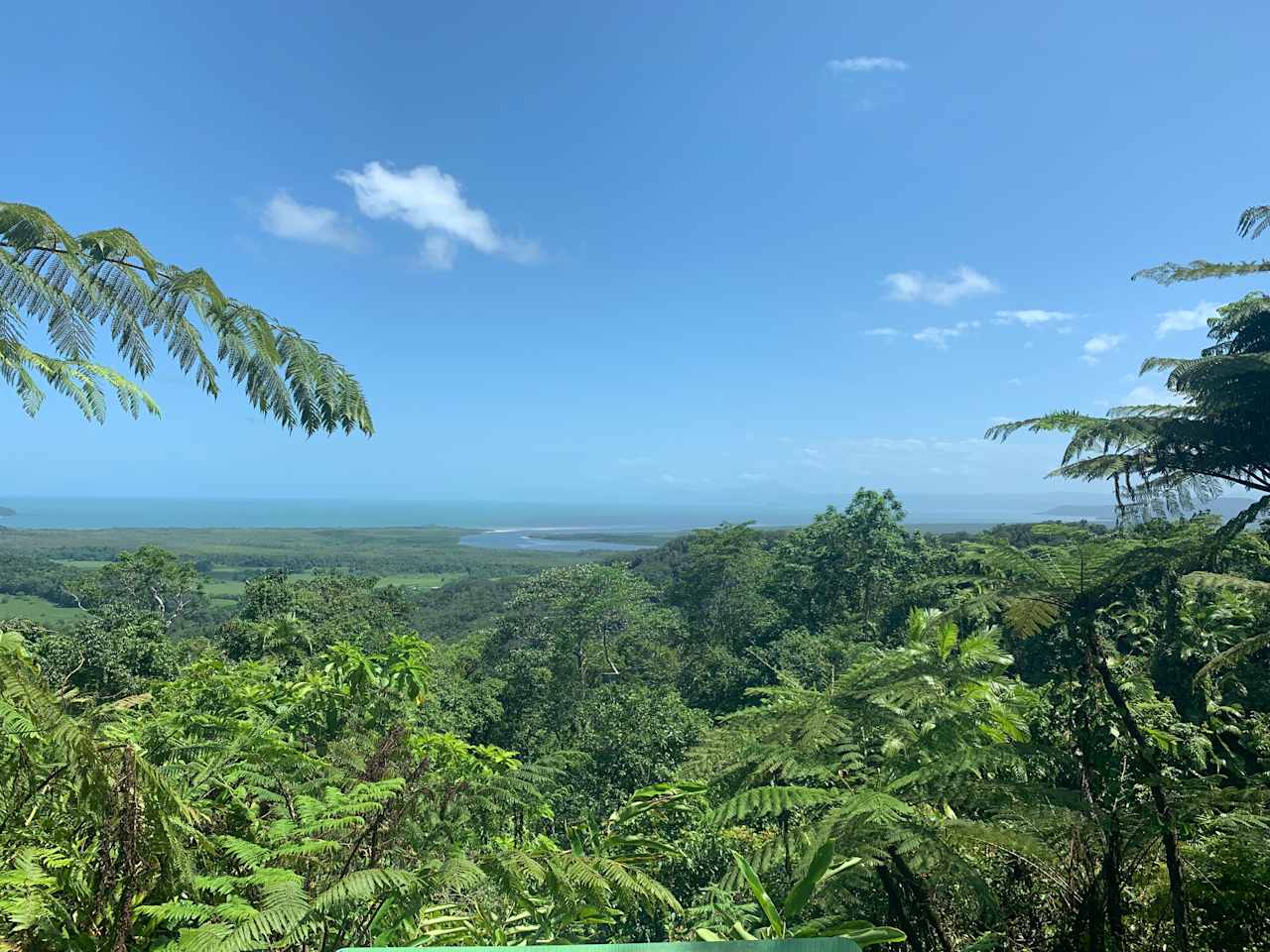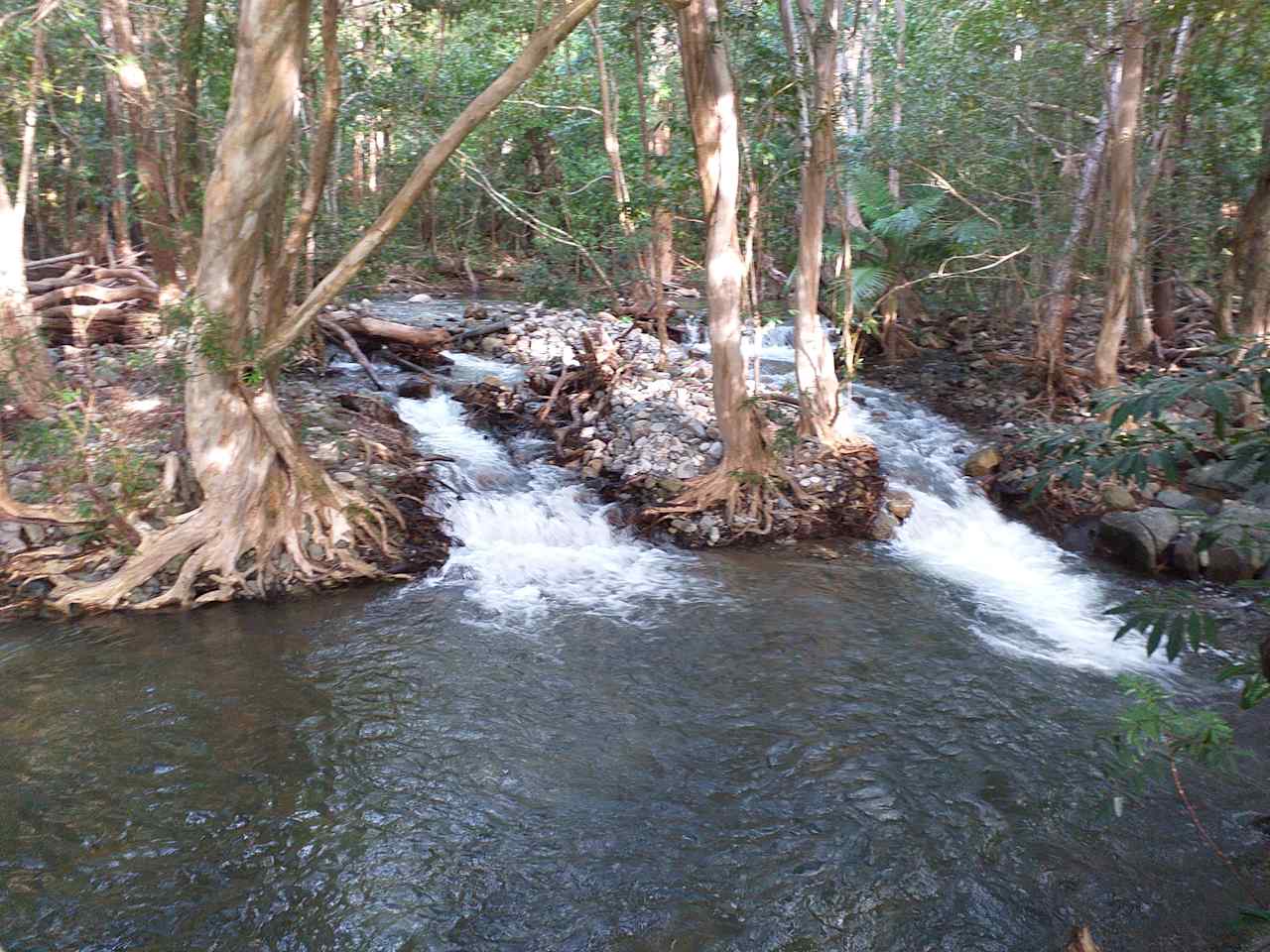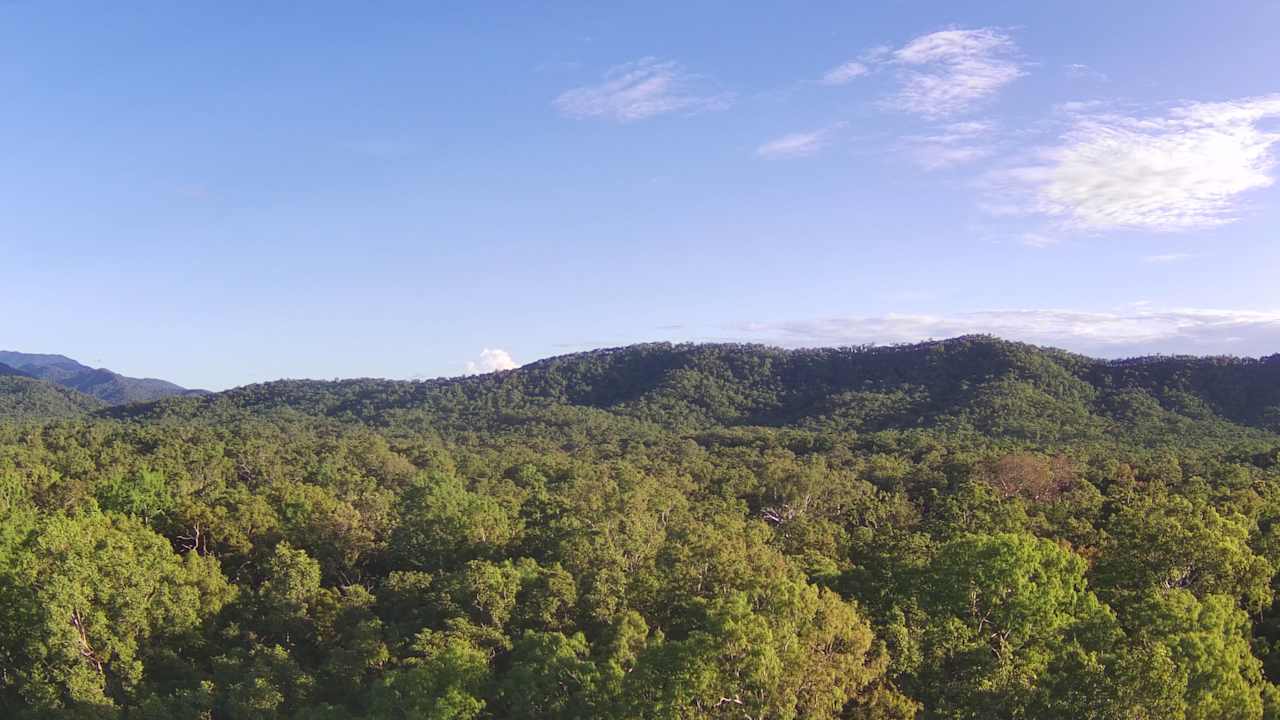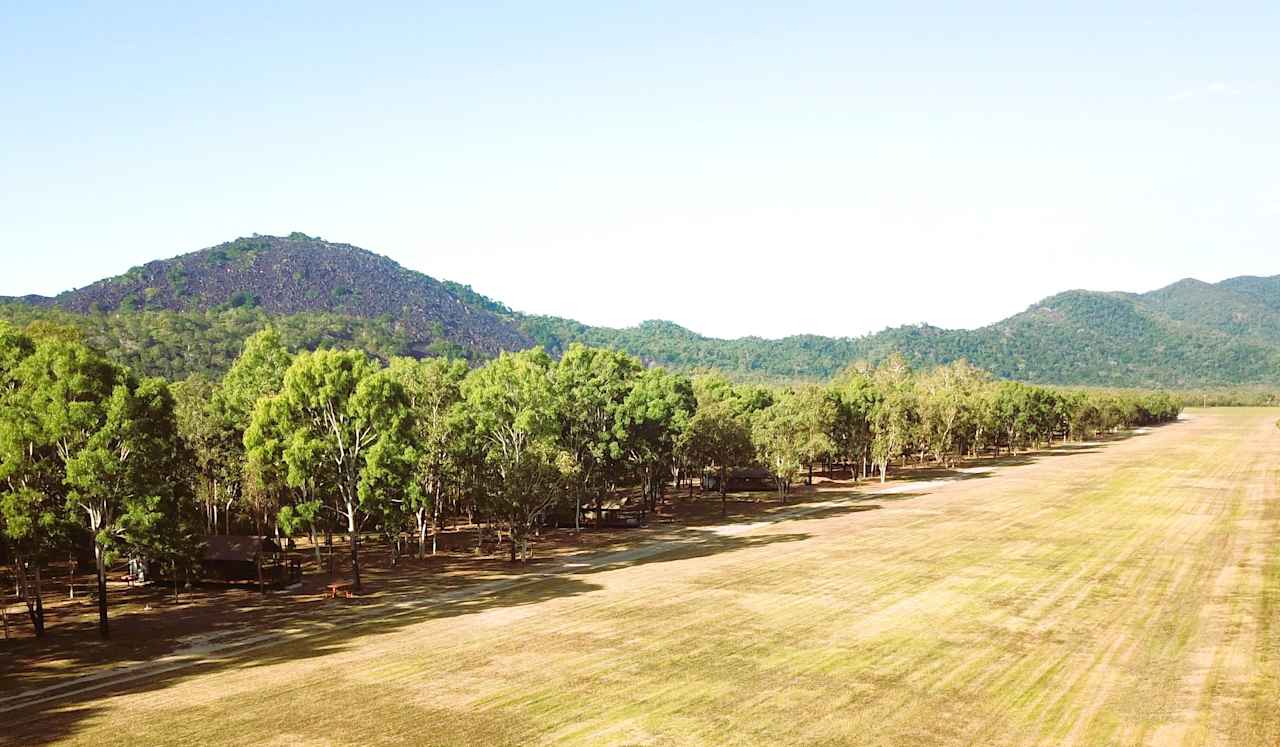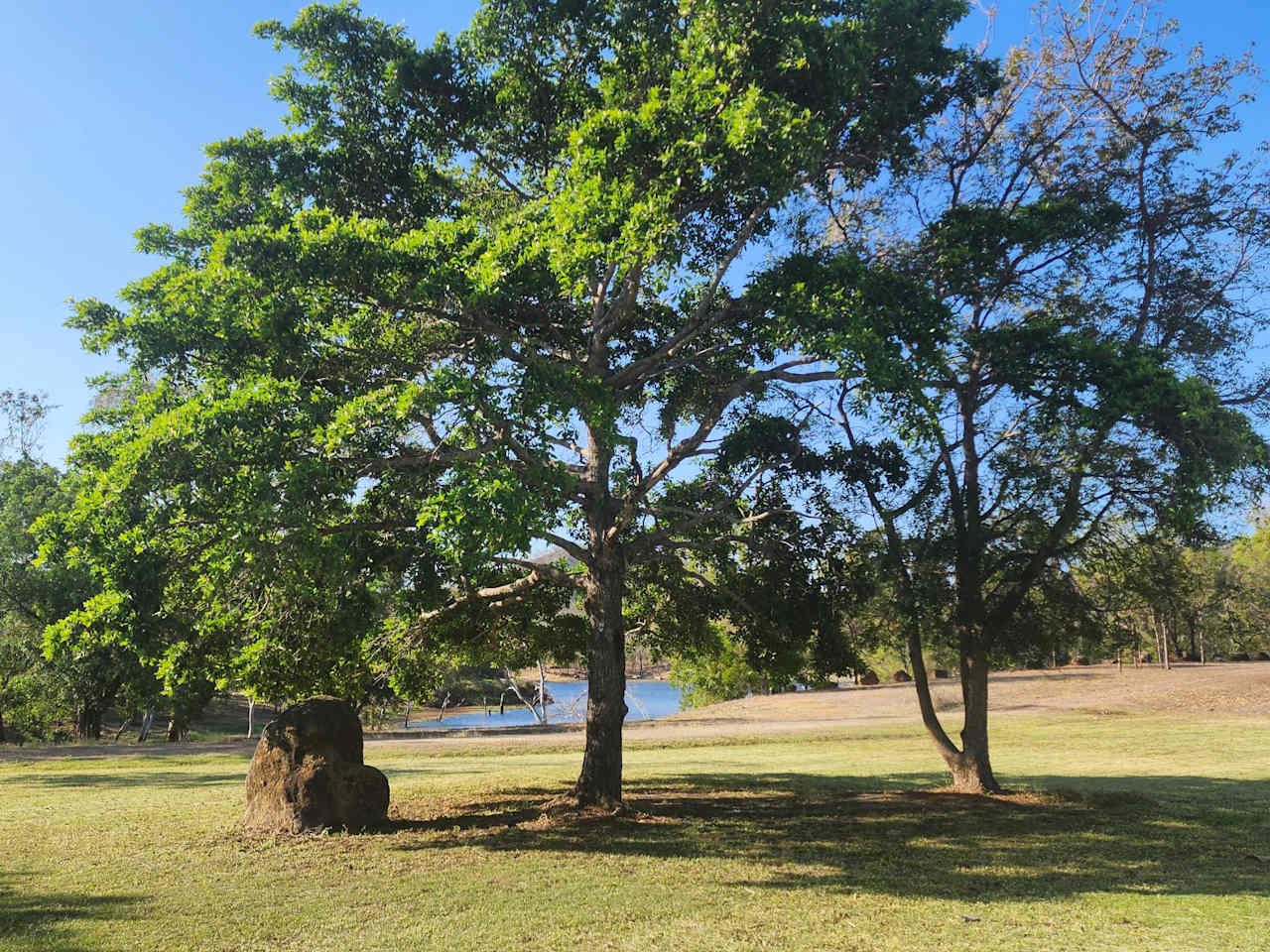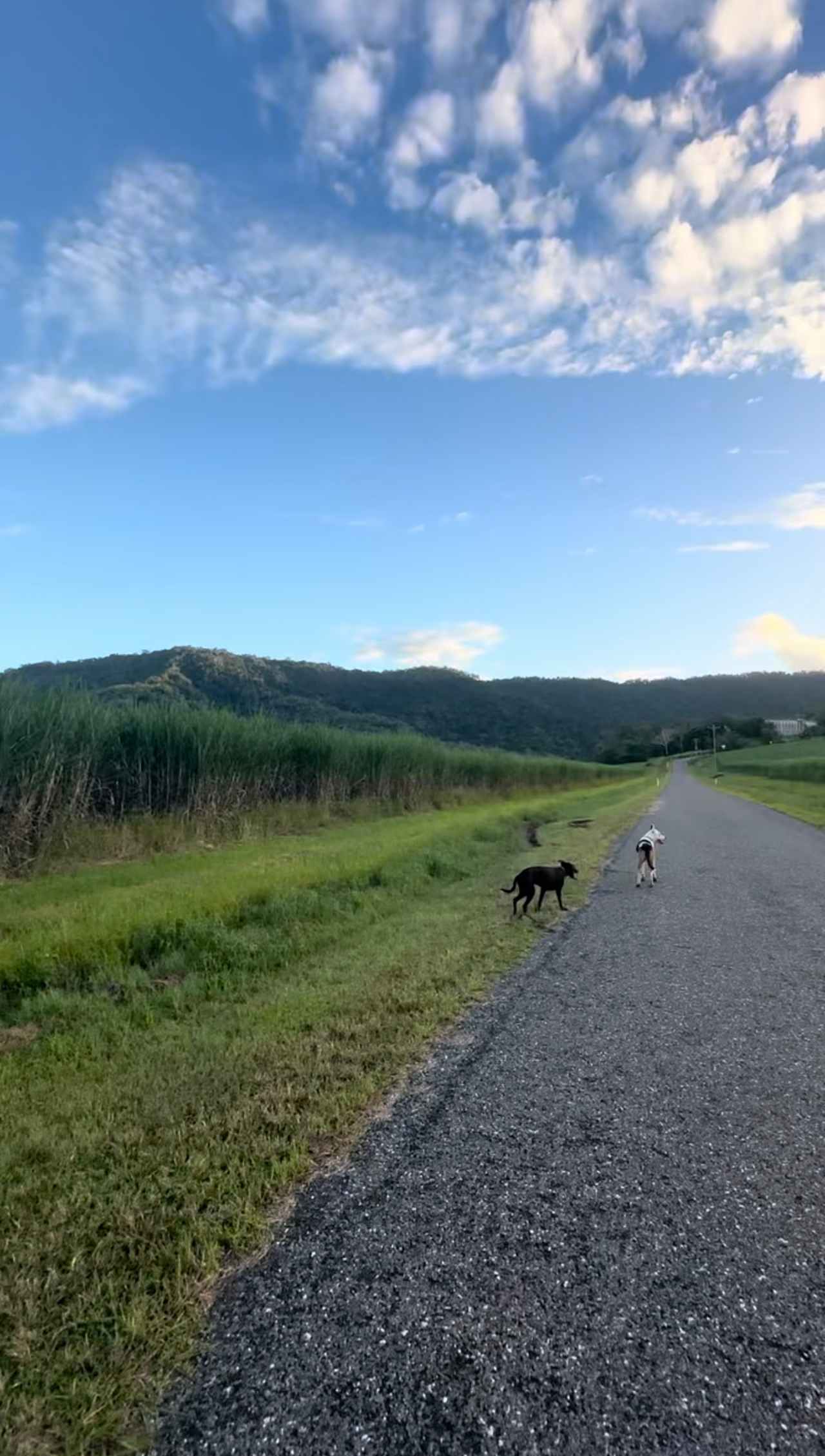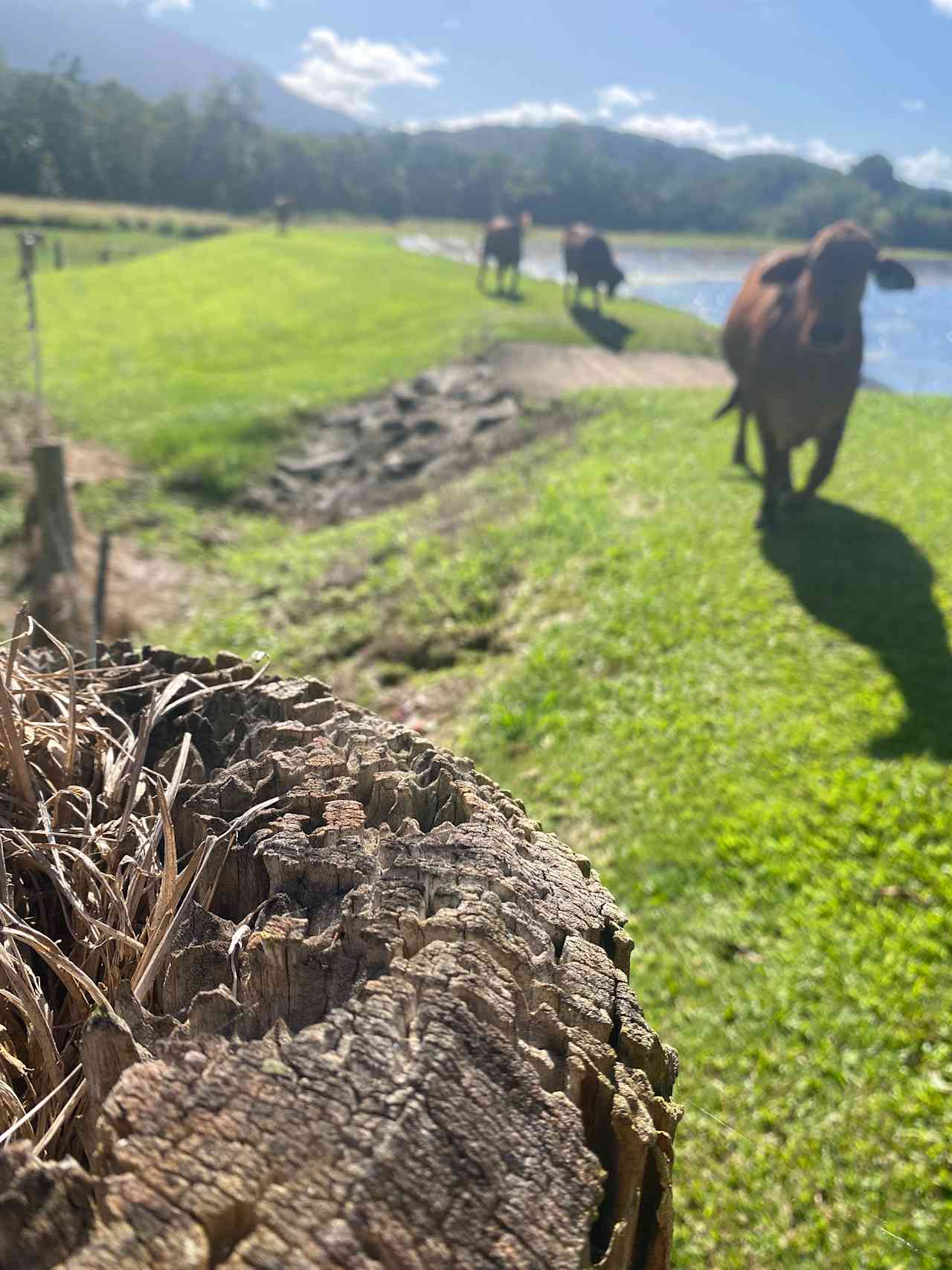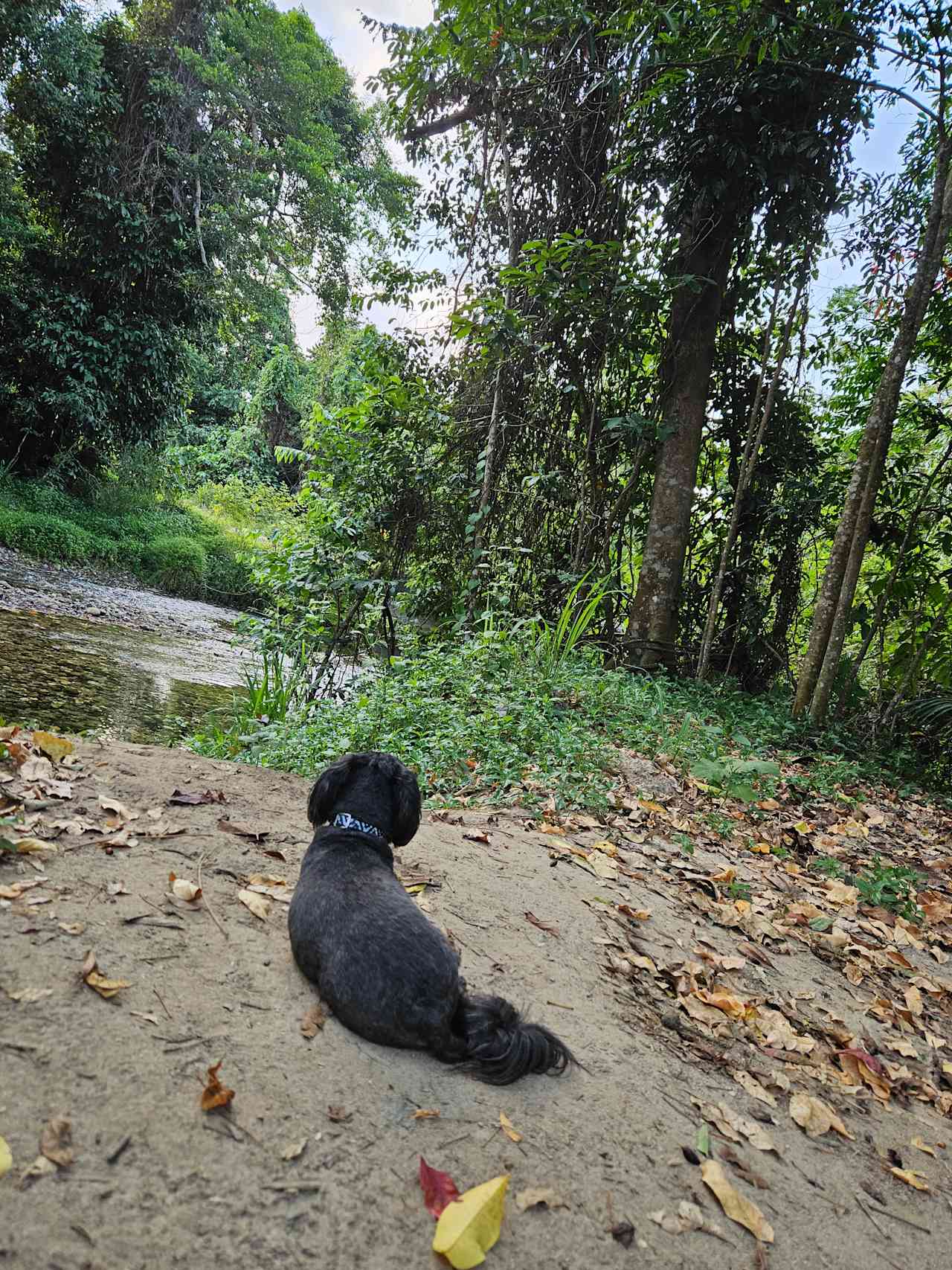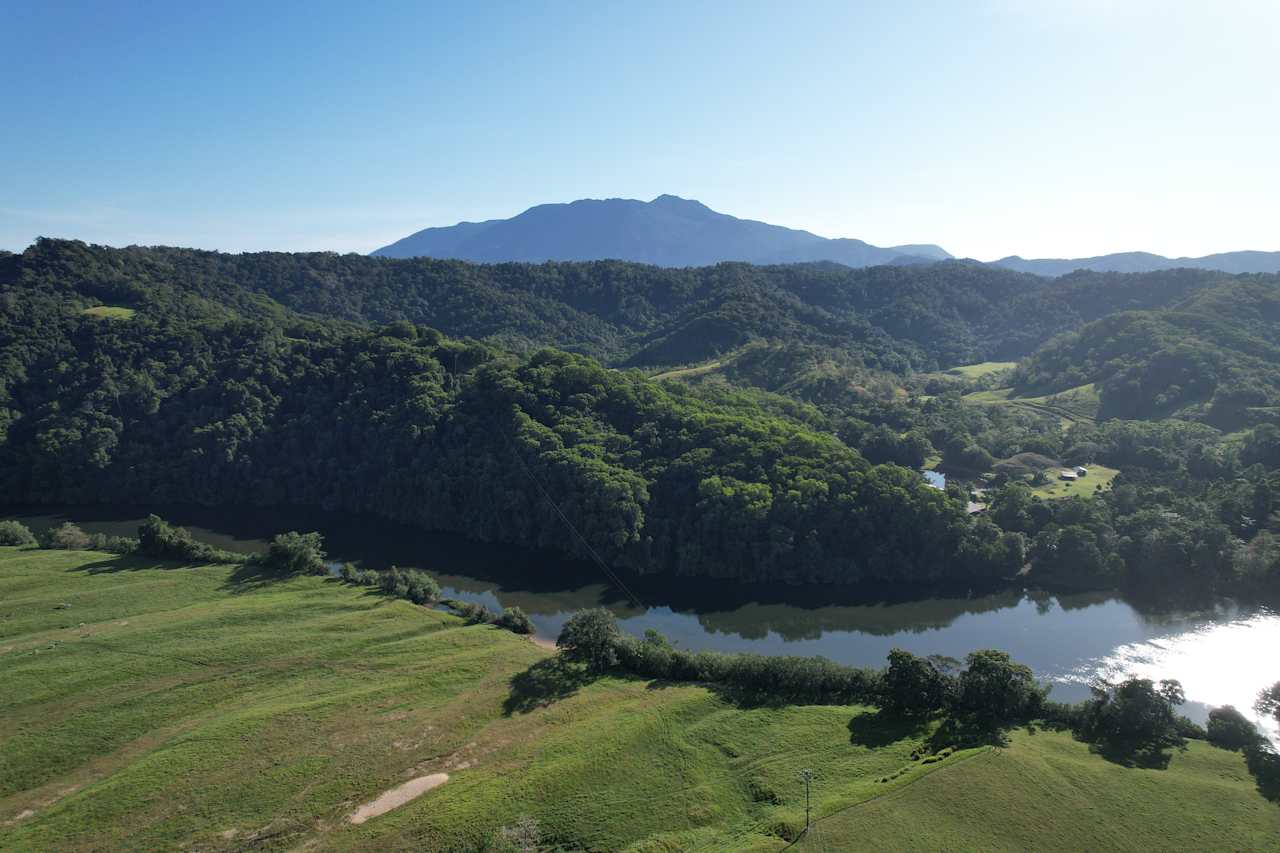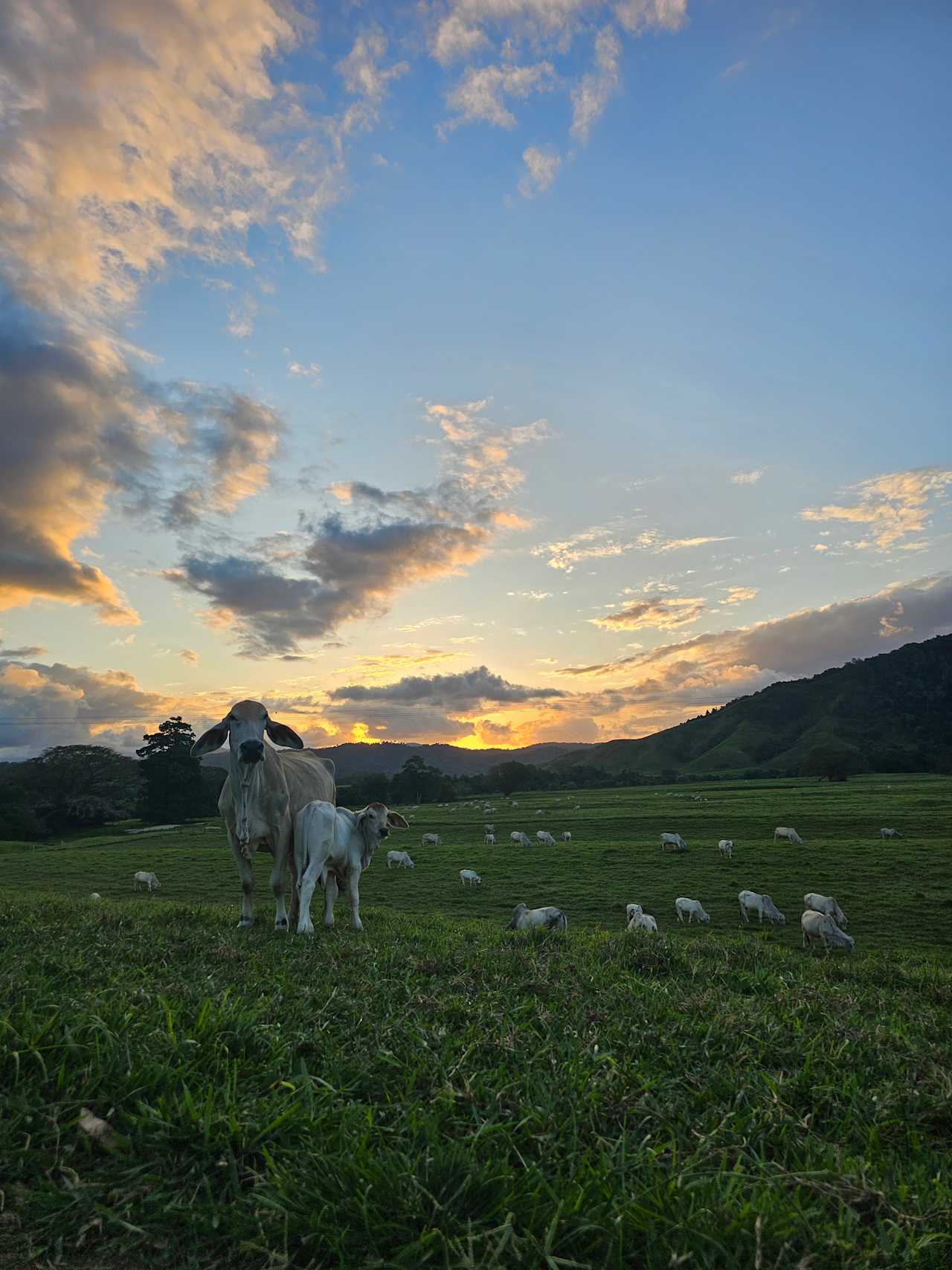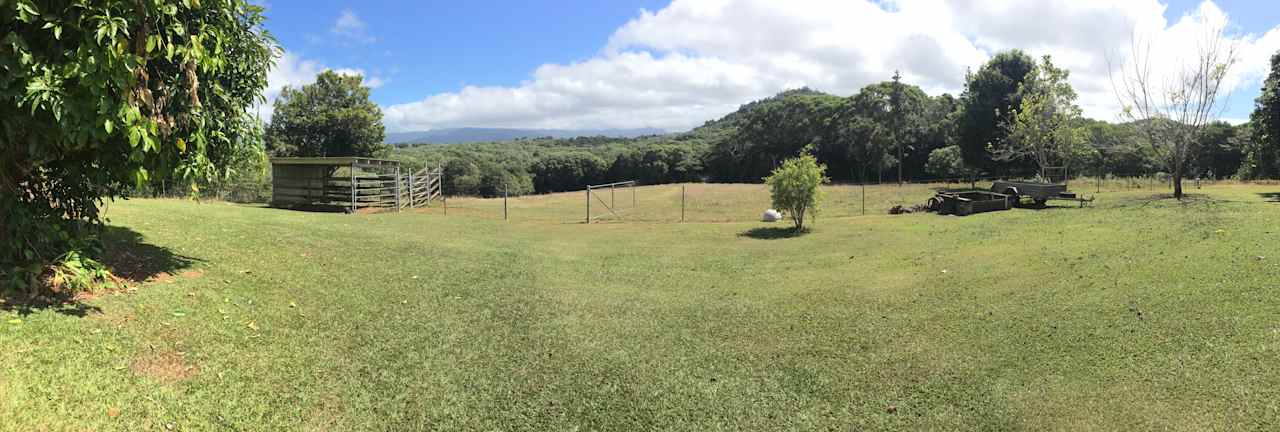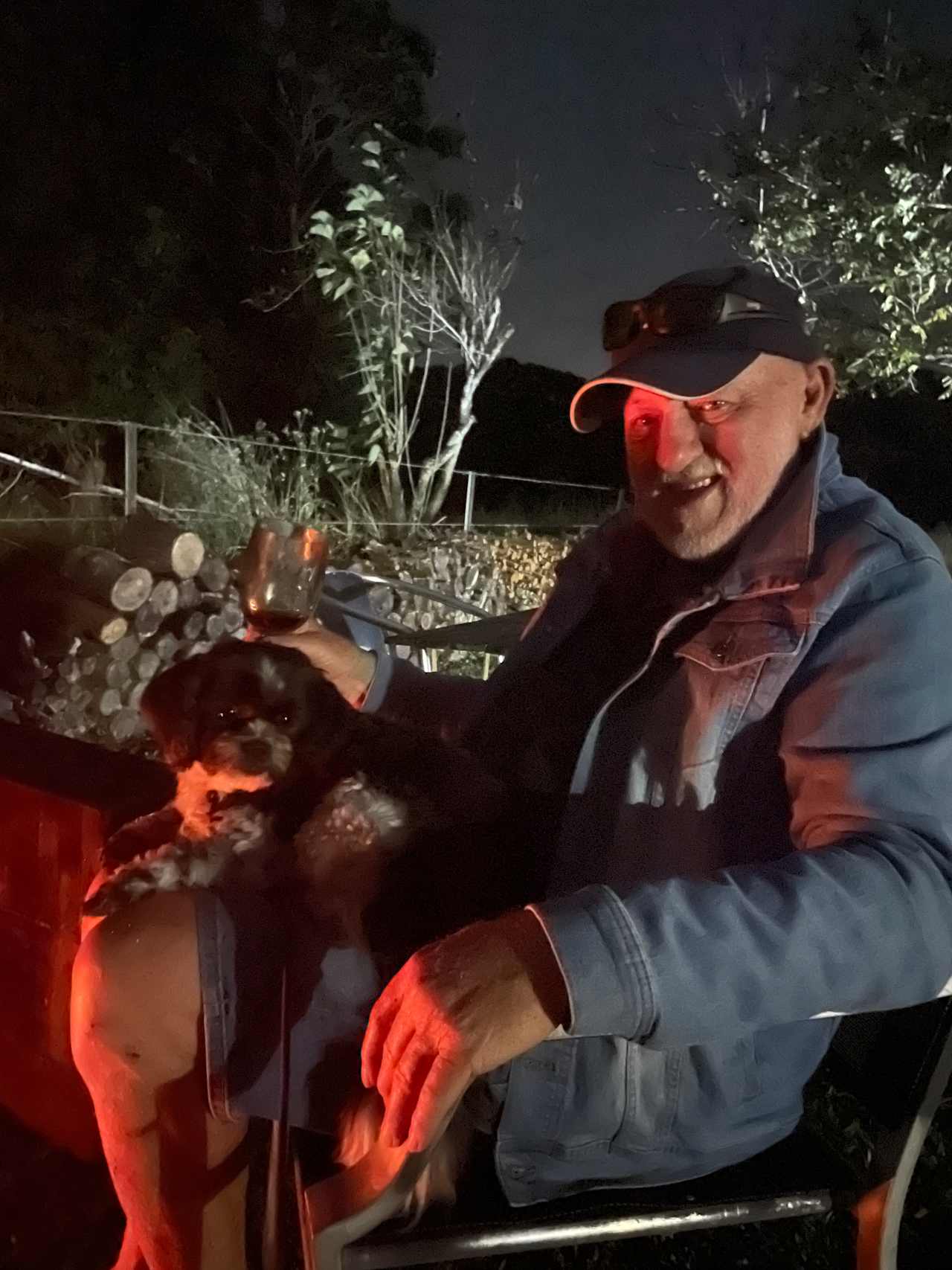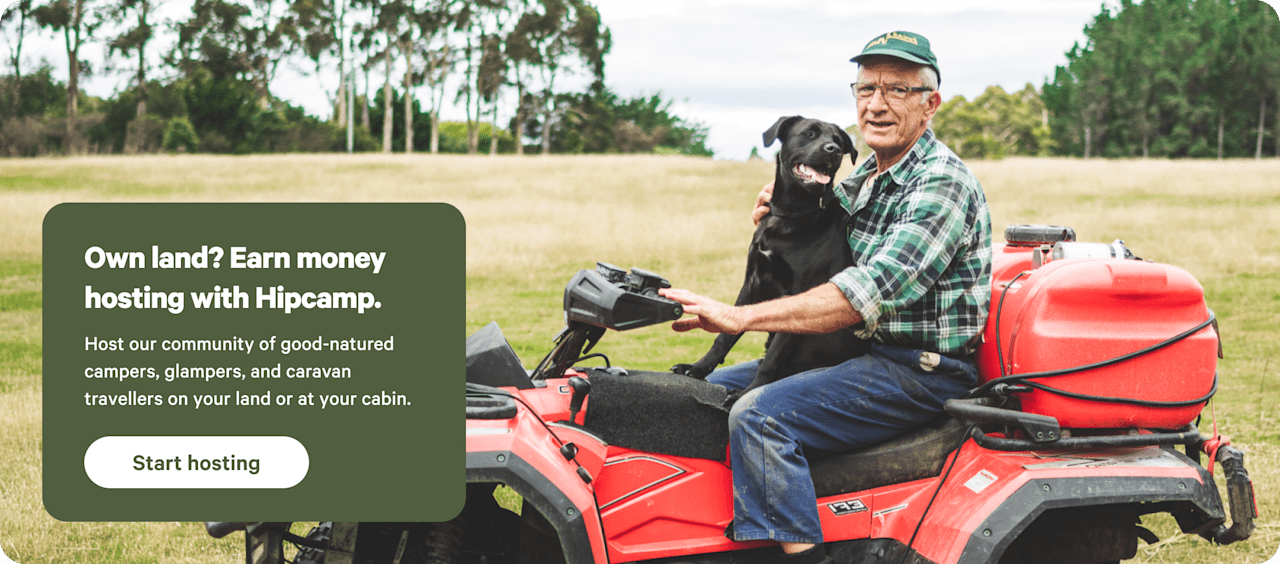Camping in Cape Tribulation
Rainforest hiking and beach camping are primary draws to Cape Tribulation.
- Cape Tribulation
Popular camping styles for Cape Tribulation
Star Hosts in Cape Tribulation
Available this weekend
12 top campgrounds in Cape Tribulation
Under $50
Dog-friendly getaways


Camping in Cape Tribulation guide
Overview
Stretching from the Daintree River in the south to the Bloomfield River in the north in Queensland’s Wet Tropics region, Cape Tribulation is known for its wild and remote landscapes. Boardwalks provide easy walking into dense rainforest, mangrove swamps and beaches. For a sweeping view of Cape Tribulation, take the Kulki boardwalk. Experienced hikers can tackle the six-hour Mount Sorrow ridge trail. A village offers grocery stores, cafes and a few resorts, but most people come for the walks and the isolation. The best guided walks focus on the life and culture of the Eastern Kuku Yalanji indigenous people.
Where to go
Daintree Village
The pioneer-era timber logging township of Daintree Village is 48 km south of Cape Tribulation. There’s not much to do at this quirky village, but it’s a good place to stock up on essential supplies, and it has a good pub and a couple of cafes.
Mossman Gorge
The heart of the other section of Daintree National Park, Mossman Gorge is a popular swimming hole among huge granite boulders on the Mossman River. Entry is only via fee-based shuttle bus from the Mossman Gorge Centre.
Cow Bay
The Daintree Discovery Centre at Cow Bay has more than 900 metres of elevated rainforest boardwalks, a 10-metre-high aerial walkway to explore the tree canopy, and a 23-metre tower for expansive views. Self-guided audio tours are included, and visitors gain access to an informative interpretive display.
Kuranda
Kuranda is another rainforest village, best visited on the way north from Cairns. It has several wildlife attractions (including a butterfly house) and offers both Barron River cruises and rainforest walks. It’s unashamedly touristy with lots of markets and souvenir shops, but it’s a scenic stop that can be reached from Cairns via the Skyrail cableway and/or the Kuranda Scenic Rail historic train.
Mount Alexandra (Walu Wugirriga) Lookout
The Mount Alexandra (Walu Wugirriga) lookout, about 5 km from the Daintree River ferry crossing on the road to Cape Tribulation, has the best views of the coast and nearby islands.
When to go
The best months to visit Cape Tribulation are July to November, during the “dry” season. At this time of year, toxic marine stingers are less likely to inhabit the water. December to March is hot and humid, and from February to March, campers find lots of rain. Cyclones are possible between November and April.


